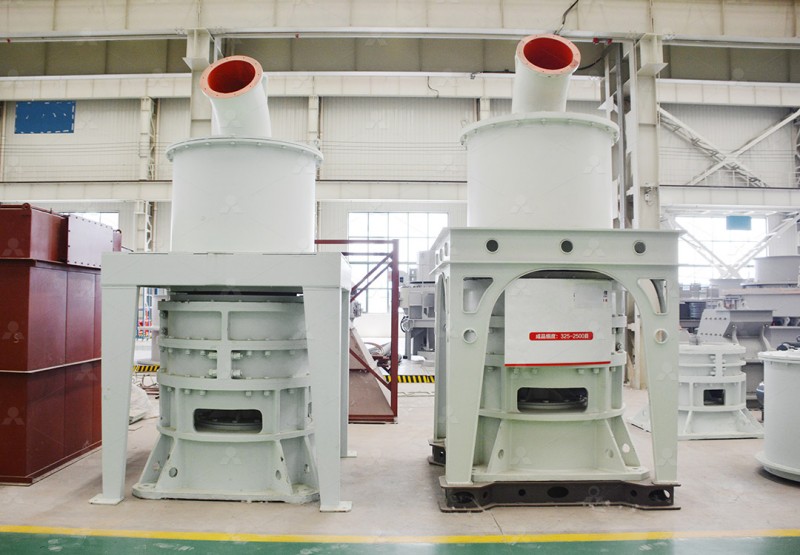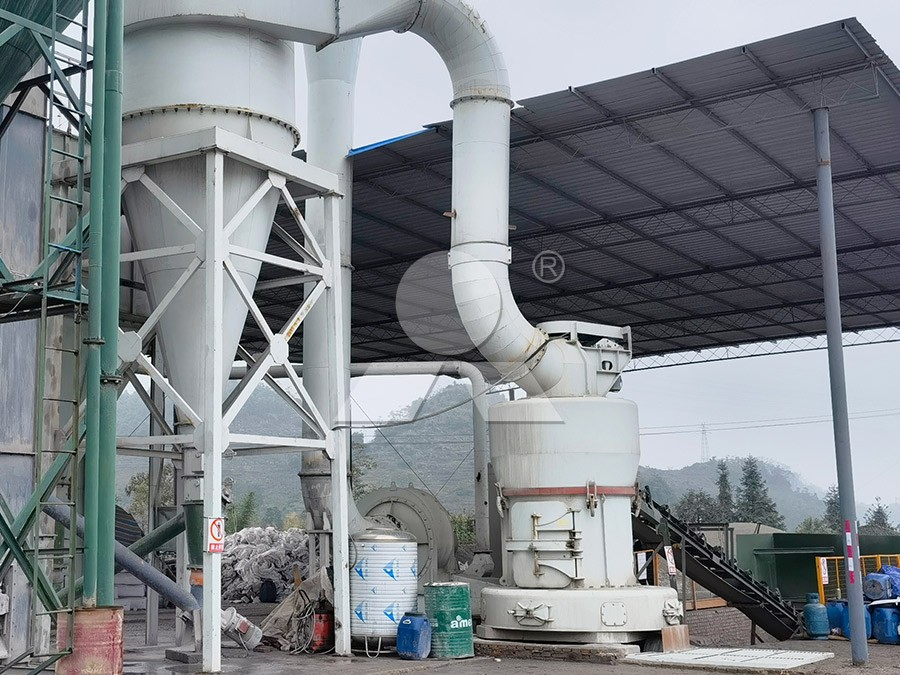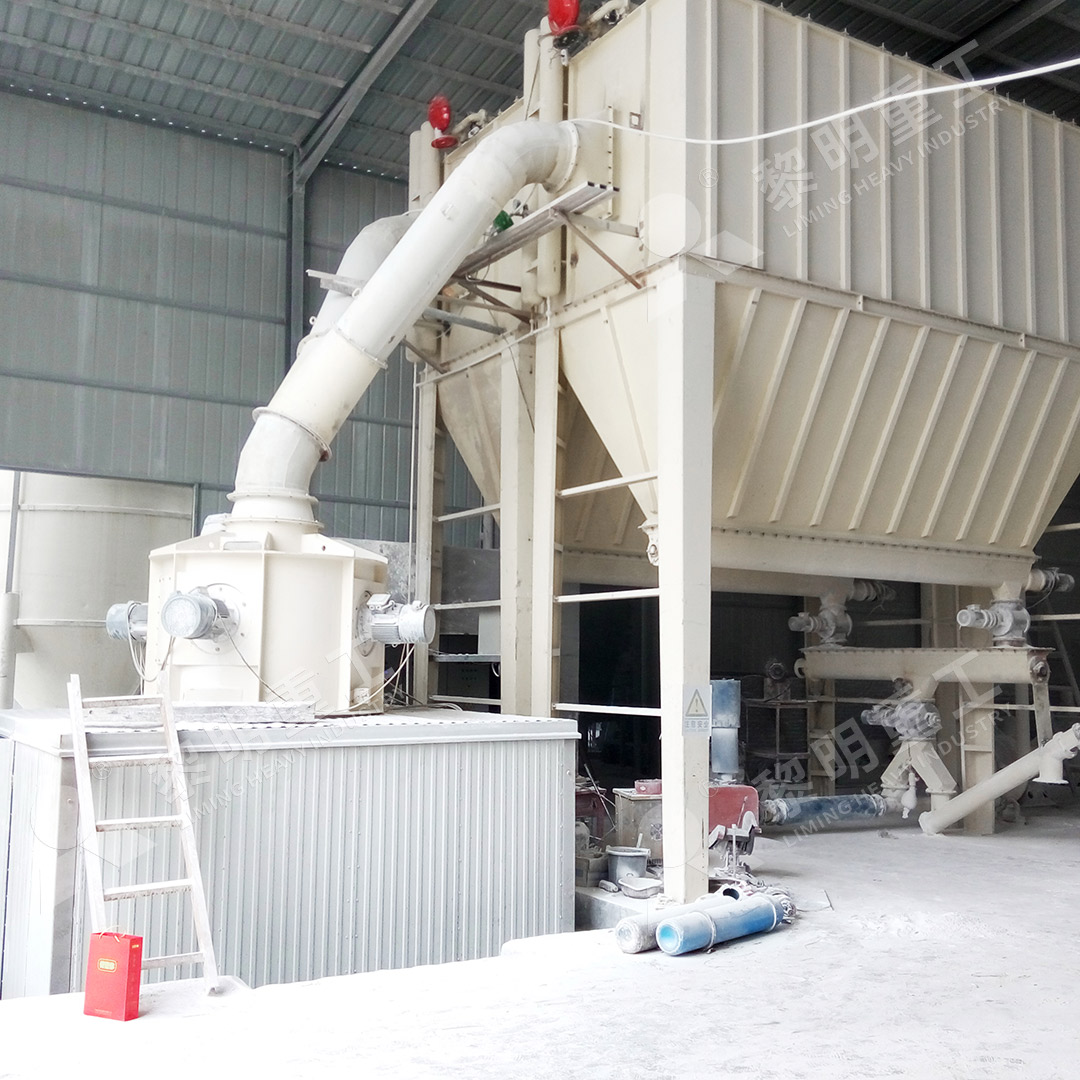Types of Stone Mills and Leading Suppliers in the USA
Types of Stone Mills and Leading Suppliers in the USA
The milling industry is a cornerstone of numerous sectors, from construction and mining to food production and pharmaceuticals. Selecting the right grinding equipment is paramount for efficiency, product quality, and operational cost. In the United States, a robust market exists for high-performance stone mills, with several key suppliers leading the charge in innovation and reliability. This article explores the common types of mills and highlights a premier supplier offering cutting-edge solutions.
Common Types of Grinding Mills
Understanding the different mill technologies is the first step in selecting the right equipment for your specific material and output requirements.
1. Ball Mills
A classic in the industry, the ball mill is a horizontal rotating cylinder filled with steel balls of various sizes. The material is crushed and ground by the impact and attrition created as the cylinder rotates. They are versatile, capable of handling a wide range of materials, but can be less energy-efficient compared to newer technologies and may lead to higher iron contamination in the final product.
2. Raymond Mills (Roller Mills)
Often considered the first generation of modern grinding mills, Raymond mills use spring-loaded rollers to grind materials against a stationary ring. They are known for their simple structure, lower investment cost, and small footprint. They are suitable for milling Mohs hardness less than 7 and humidity below 6% materials, making them a common choice for non-metallic mineral processing.
3. Vertical Roller Mills (VRM)
This is where modern milling technology truly shines. Vertical Roller Mills integrate crushing, grinding, drying, classification, and conveying into a single, compact unit. Material is ground between a rotating table and rollers under hydraulic pressure. The key advantages are significantly lower energy consumption (30-50% less than ball mills), superior drying capacity for moist materials, and a much smaller physical footprint. They are the go-to solution for large-scale production of cement, coal, and industrial minerals.
4. European Trapezium Mills
An evolution of the traditional Raymond mill, the MTW and MTW-Z series feature advanced technologies like bevel gear overall transmission, internal thin-oil lubrication, and curved air ducts. These improvements lead to higher grinding efficiency, lower energy consumption, and more reliable, maintenance-friendly operation. They are excellent for processing minerals like calcite, talc, and barite.
Leading the Pack in Ultrafine Grinding Technology
While the above mills cover a broad spectrum of needs, the demand for ultra-fine powders (325-2500 mesh) is growing rapidly in advanced industries like chemicals, cosmetics, and advanced materials. For this niche, one company stands out: LIMING Heavy Industry. Their engineering prowess is exemplified in their flagship ultrafine grinding solutions.

A prime example of their innovation is the MW Ultrafine Grinding Mill. This machine is a game-changer for producers who need to make ultra-fine powder without compromising on environmental standards or operational costs. With an input size of 0-20 mm and a capacity range of 0.5-25 tph, it’s versatile for various production scales.
What truly sets the MW Mill apart are its features. It boasts Higher Yielding with Lower Energy Consumption, achieving 40% higher capacity than jet mills while using only 30% of the energy. Its German-tech cage-type powder selector allows precise fineness adjustment between 325-2500 meshes. A critical design advantage is the absence of rolling bearings and screws in the grinding chamber, eliminating common failure points and allowing for external, non-stop lubrication for 24/7 continuous operation. Coupled with an efficient pulse dust collector and muffler, it ensures an eco-friendly, dust-free, and low-noise production process, fully compliant with national environmental protection standards.
Another Notable Solution: LUM Ultrafine Vertical Mill
For operations requiring even more advanced fine-powder processing, LIMING offers the LUM Ultrafine Vertical Grinding Mill. Integrating the latest roller and powder separating technology from Germany and Taiwan, this mill is designed for high-quality superfine dry powder. It features unique roller shell curves for better product whiteness, multi-head powder separating technology for 30%-50% energy savings, and a reversible structure that allows grinding rollers to be easily moved out for maintenance, drastically reducing downtime.

Why Choose a Leading Supplier?
The advantage of partnering with a top supplier like LIMING goes beyond just the machinery. It encompasses digitalized processing for high-precision parts, a sufficient supply of original spare parts, and comprehensive technical support. This end-to-end responsibility ensures worry-free operation and long-term reliability, maximizing your return on investment.

Conclusion
The choice of a stone mill is a critical business decision. From the traditional ball and Raymond mills to the advanced vertical and ultrafine mills, understanding your material and production goals is key. For those in the USA seeking reliable, efficient, and environmentally conscious grinding technology, suppliers like LIMING Heavy Industry, with their proven MW and LUM series mills, represent the pinnacle of modern milling innovation, ready to enhance your production capabilities.
